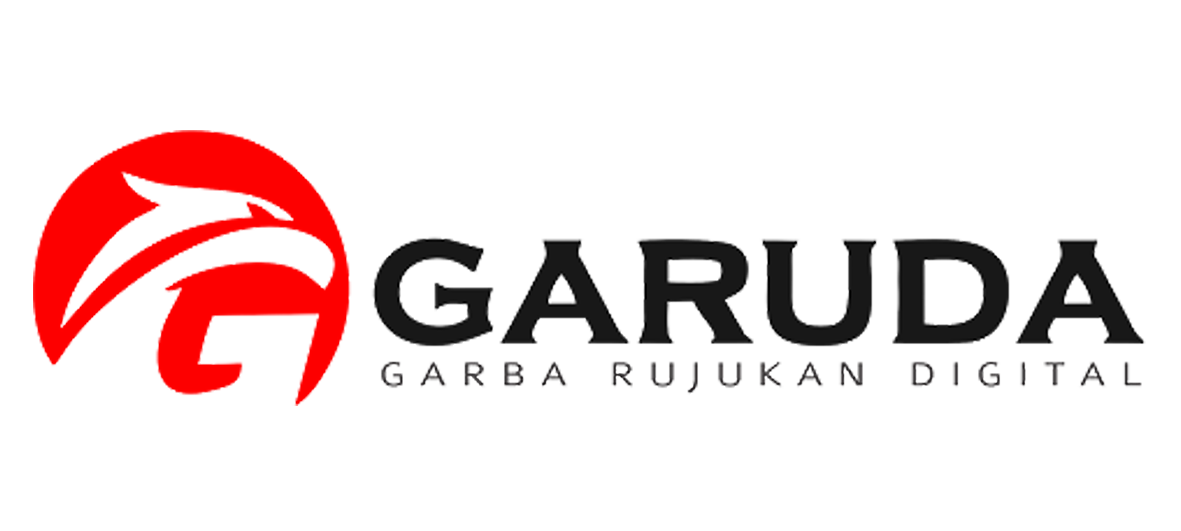Submissions
Submission Preparation Checklist
As part of the submission process, authors are required to check off their submission's compliance with all of the following items, and submissions may be returned to authors that do not adhere to these guidelines.- The submission has not been previously published, or is under consideration by another journal (or an explanation has not been provided in comments to the editor).
- Manuscript files are in OpenOffice, Microsoft Word, RTF, or WordPerfect document file format.
- Where available, URLs for reference have been provided.
- Text is single-spaced; font 12; italic; not underlined (except for URL addresses); and all illustrations, figures, and tables are placed within the text at appropriate points, not at the end.
- Texts that comply with the requirements regarding bibliography and style are outlined in the Author Guidelines, which will be found on the About Us page.
- If acceptance is for the peer-reviewed section of the journal, the instructions in Ensuring Anonymous Reviewers have been followed.
Copyright Notice
Policy for Journals that offer open acces
Authors who publish with this journal agree to the following terms:
- Authors retain copyright and grant the journal right of first publication with the work simultaneously licensed under a Creative Commons Attribution-NonCommercial-ShareAlike 4.0 International License that allows others to share the work with an acknowledgement of the work's authorship and initial publication in this journal.
- Authors are able to enter into separate, additional contractual arrangements for the non-exclusive distribution of the journal's published version of the work (e.g., post it to an institutional repository or publish it in a book), with an acknowledgement of its initial publication in this journal.
- Authors are permitted and encouraged to post their work online (e.g., in institutional repositories or on their website) prior to and during the submission process, as it can lead to productive exchanges, as well as earlier and greater citation of published work (See The Effect of Open Access).
Privacy Statement
The names and email addresses entered in this journal site will be used exclusively for the stated purposes of this journal and will not be made available for any other purpose or to any other party.







